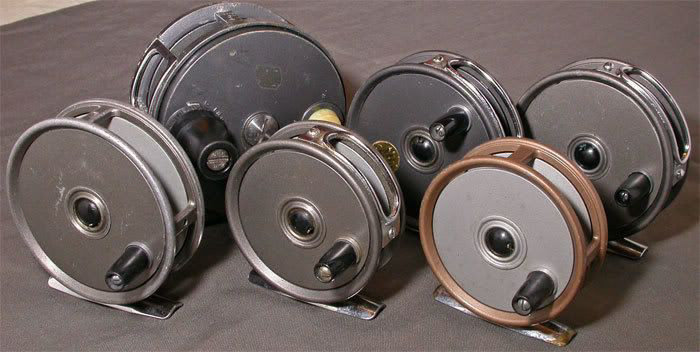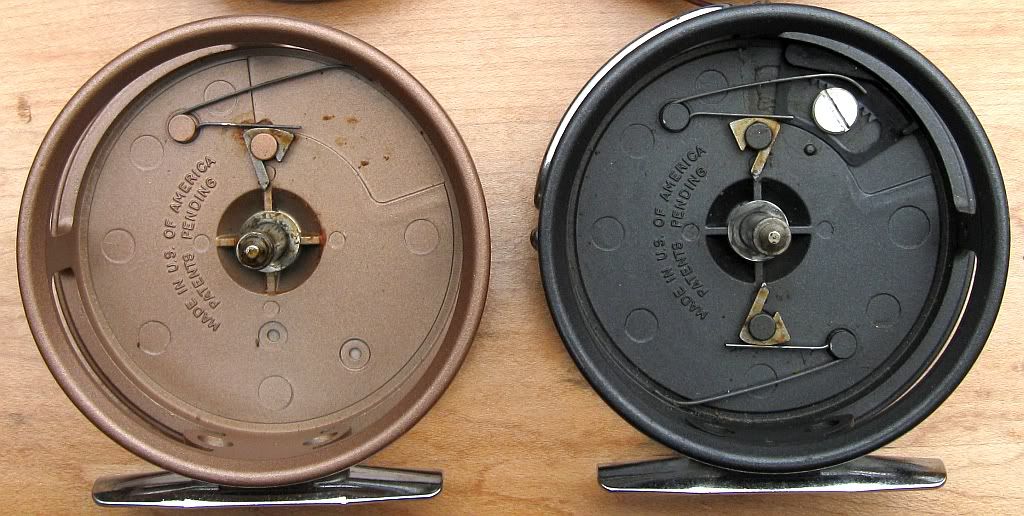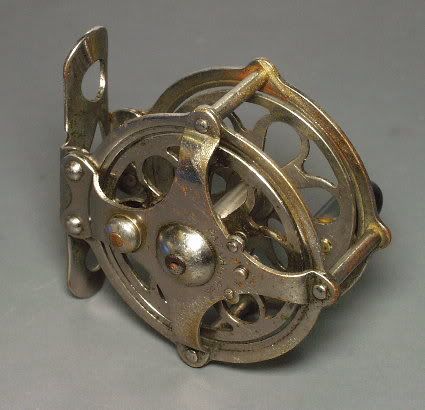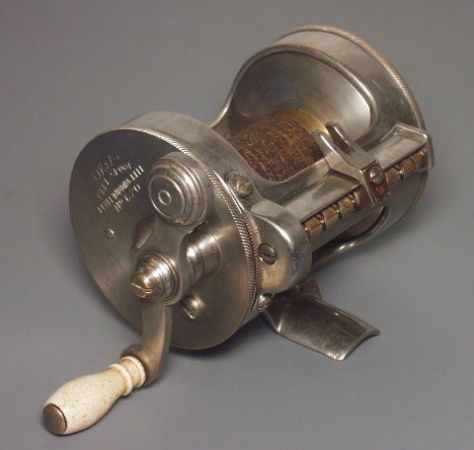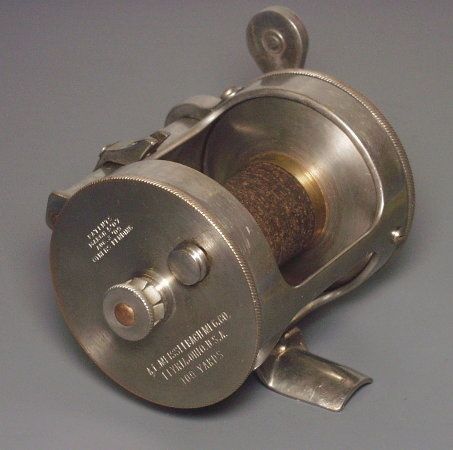and the pro bass fishermen I know were wealthy first - one a developer who retired young after building and selling San Antonio north of the airport - my office is in one of the first buildings he built and sold.
The Vernley bakelite reel counts 100% as blue collar.
The prewar Meisselbach-Catucci bakelite reel, and the subsequent Redditch(Young)-made Aerialite, using the same molds bought from Bronson, shouldn't count as blue collar, and both have independently exceptional check designs - The M-C Symploreel has reversible wind. In their day, these reels count as engineered for light weight.

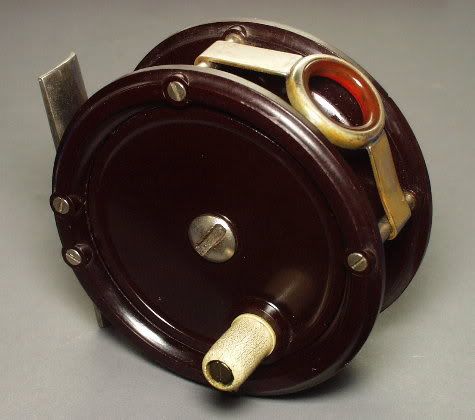
After making those historic economic distinctions, the trend among cane rod fishers is to identify any production (i.e., not bench-made) fly rod and any production reel - again, not bench-made - and also not Hardy, as blue-collar tackle. That becomes a fair and working definition, but it also has to include the Medalist, which we discussed its preeminent spot on the other thread.
If you look at the first glass rods, early 50s, top-grade production cane rods were $25, while the new glass rods were $35.
But I think it's best to associate blue collar with the mass manufacturing of the postwar entertainment boom. Very simply, postwar mass-manufactured tackle was marketed to blue collar workers.
A postwar distinction is probably easier to see in spinning reels, which happen to be all postwar.
Blue collar is Ocean City (True Temper), Shakespeare, while a benchmade Fin-Nor Gar Wood spinning reel very clearly isn't blue collar.
Airex crosses the line, with certain blue collar examples like the curious Vic and more realistic Spinster, but the French-Luxor-designed and licensed Mastereel, which more than doubled the ante at $35, was probably priced above a blue collar market. Interesting, at the same time, you could buy the (better functioning) French-made Luxor for half the price of the US-made Airex copy. Import then implied poor quality.
Back to fly reels, maybe others can throw up some Bronson examples and their experiences.
And of course searching the reels by name will turn up past threads.
I do (did) have an O/C 305 to show, 100% blue collar:

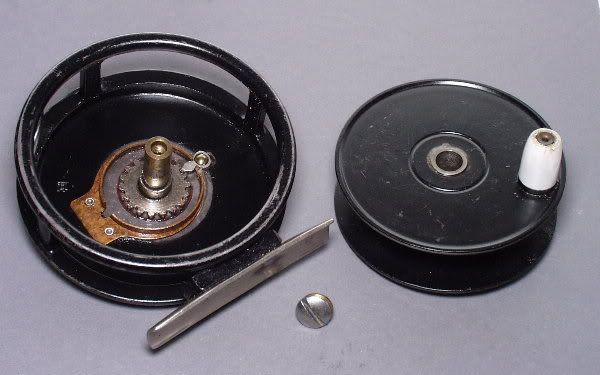
By the time we get to the '80s in fly reels, the distinction again becomes clear, with all the bench-made from barstock reels at one end and all the mass-produced reels at the other.
In today's consumer-based society, the line probably doesn't exist, though we have bench-made reels from $600 to well over $2000, we also have offshore CNC-machined reels that can cover the whole price range, the higher end made in engineered materials. Today, the tackle on the cheap end, we call "starter".

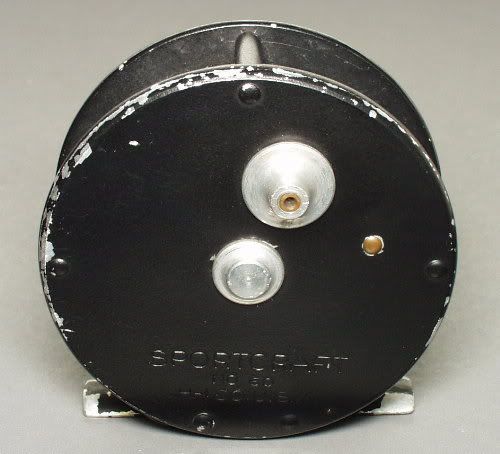
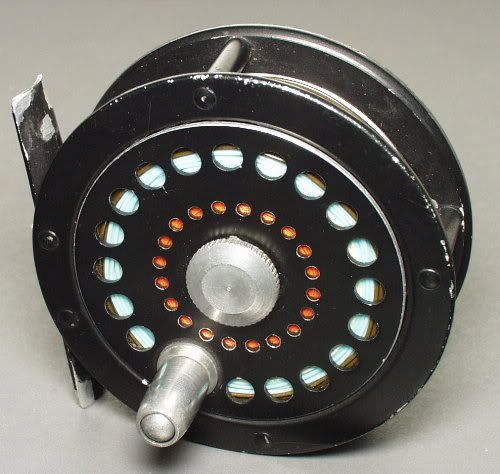
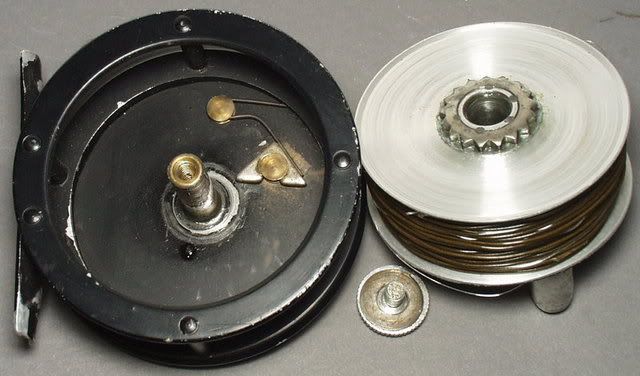
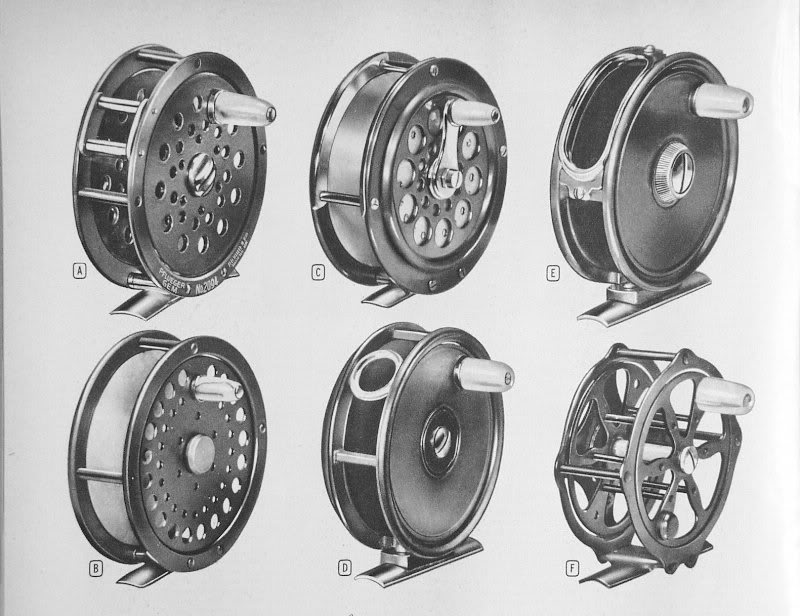


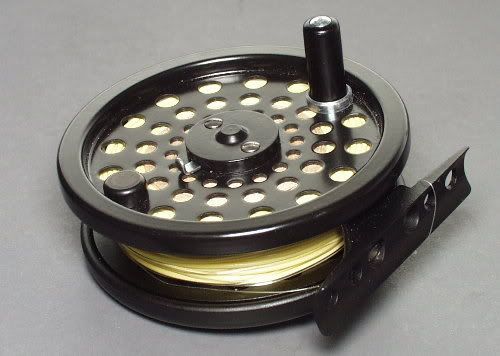
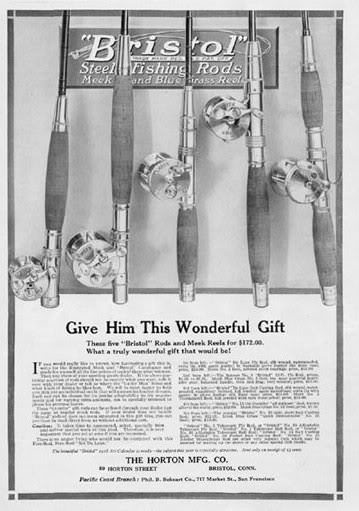
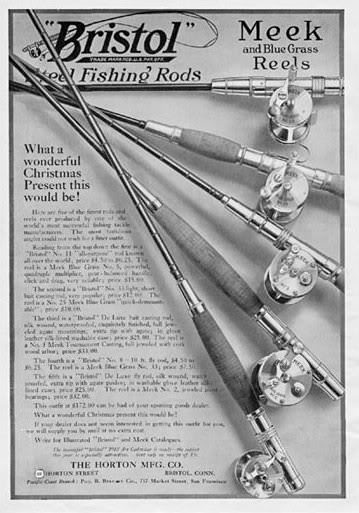
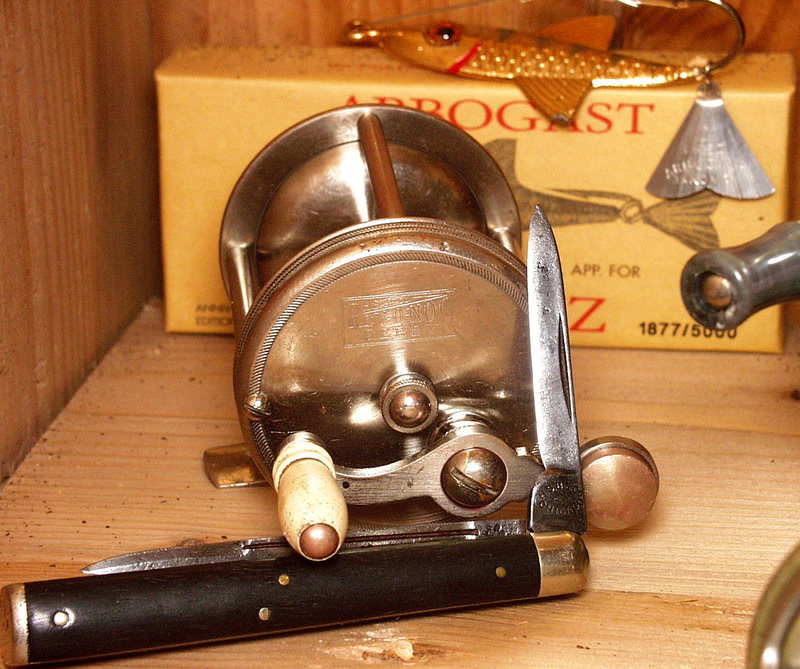
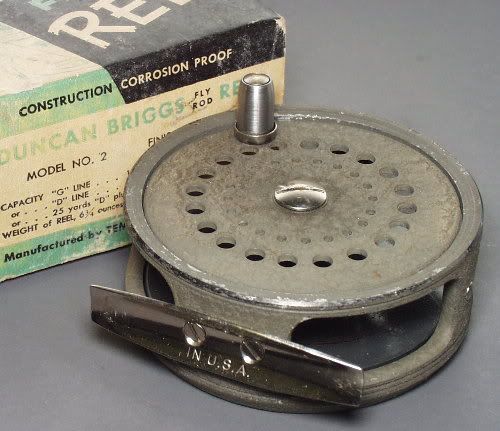

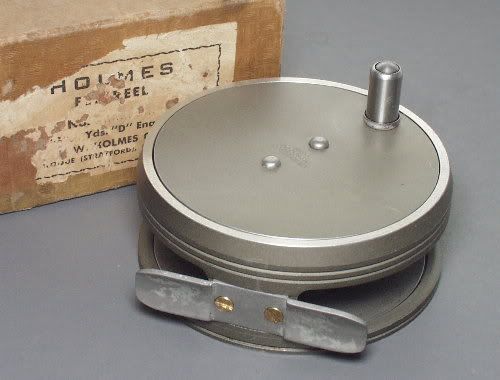
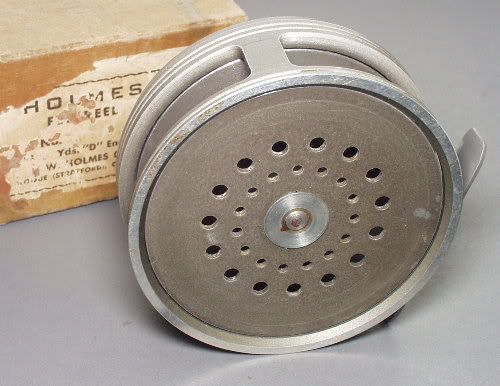
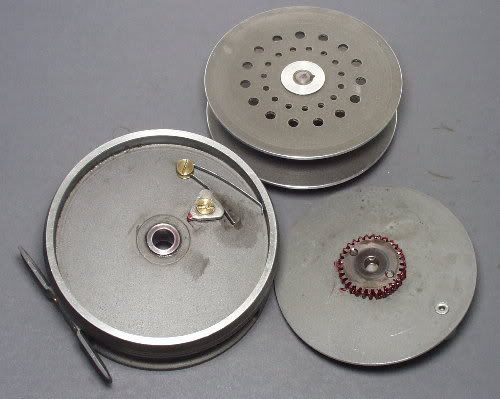
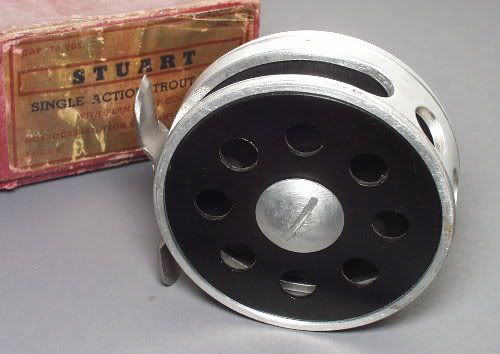
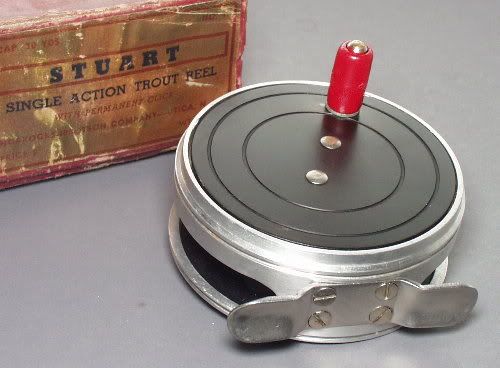






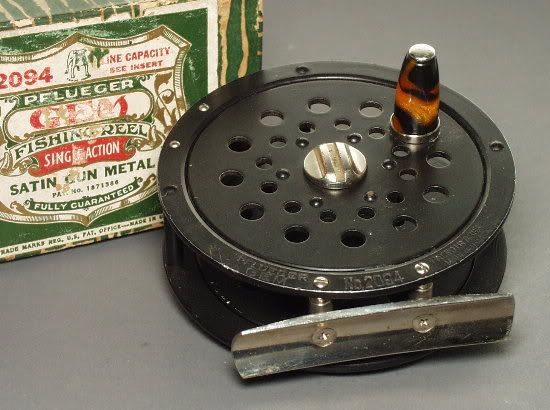
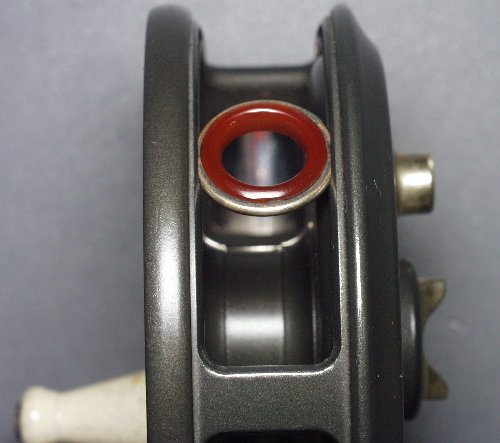
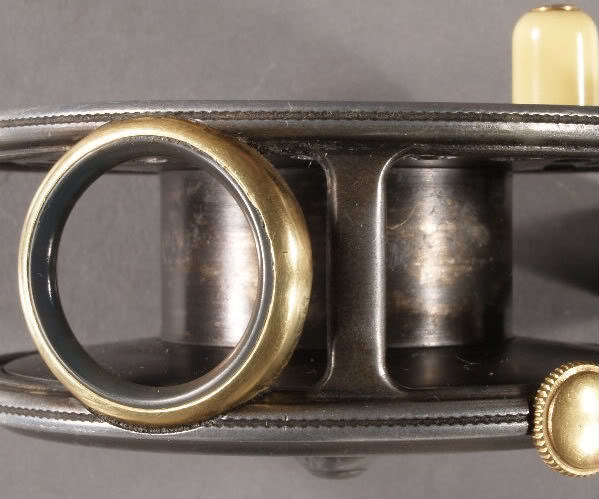
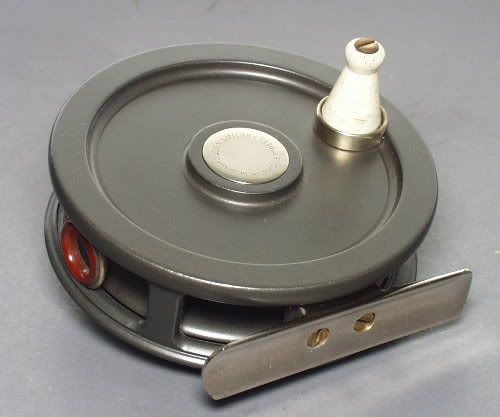
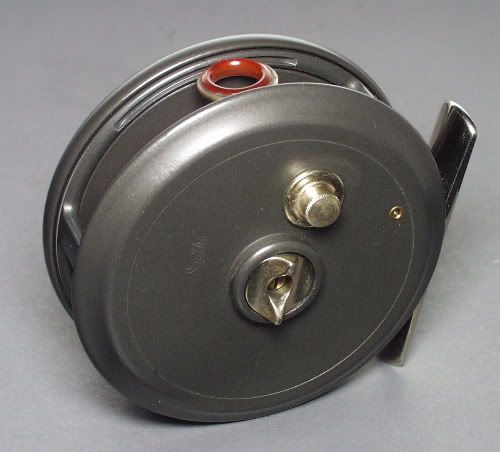
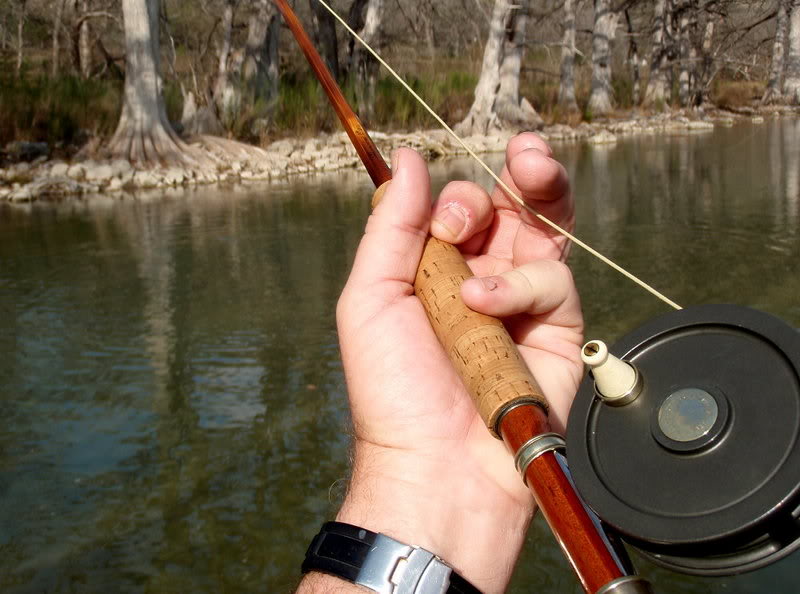
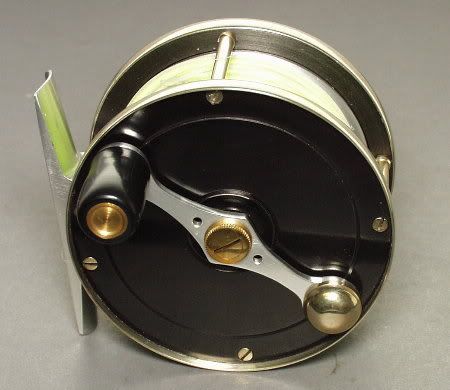

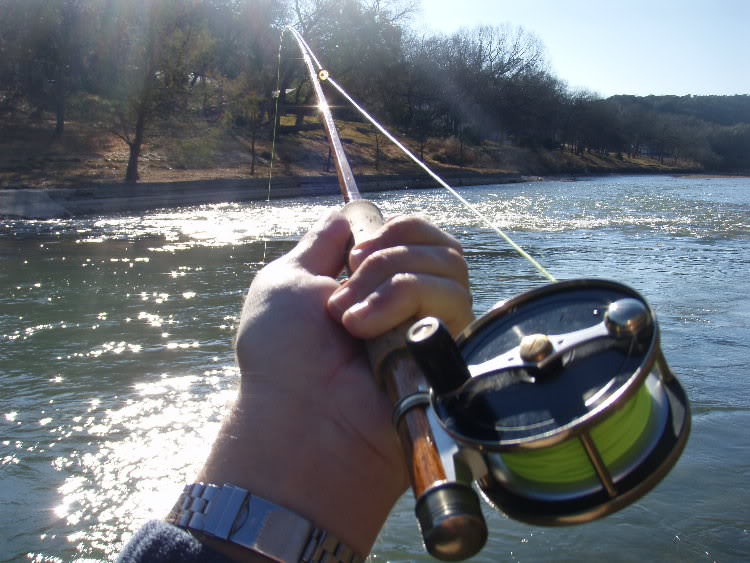
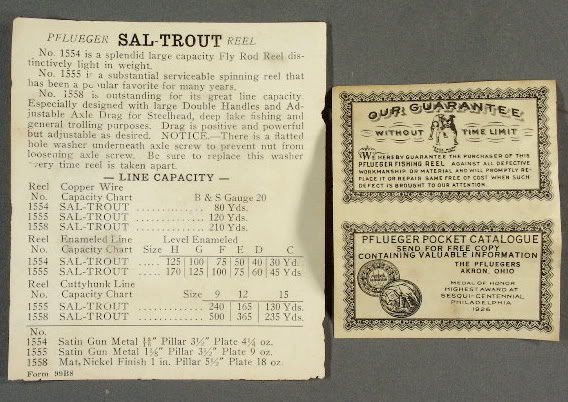
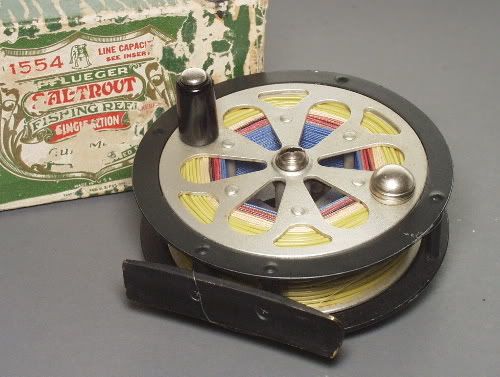
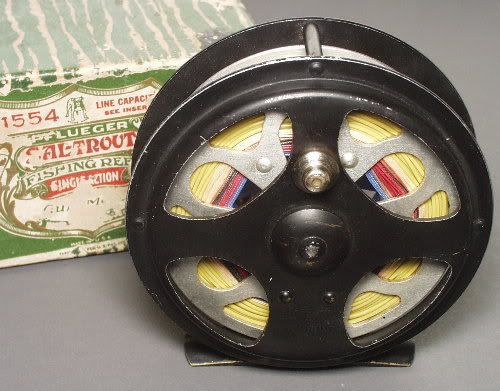
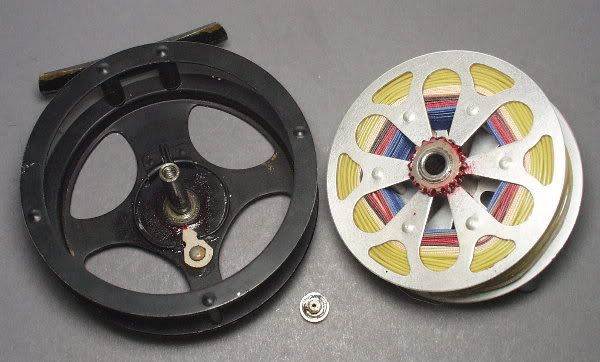



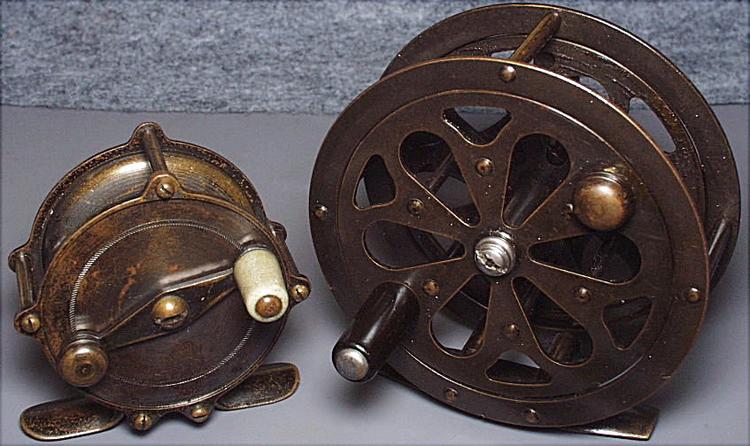
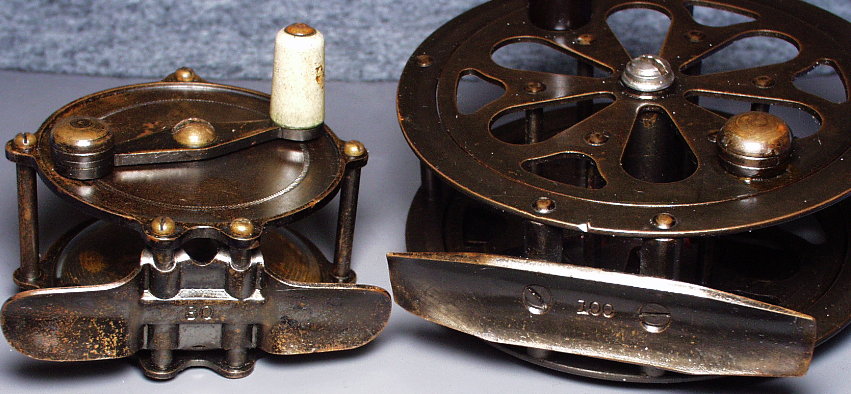
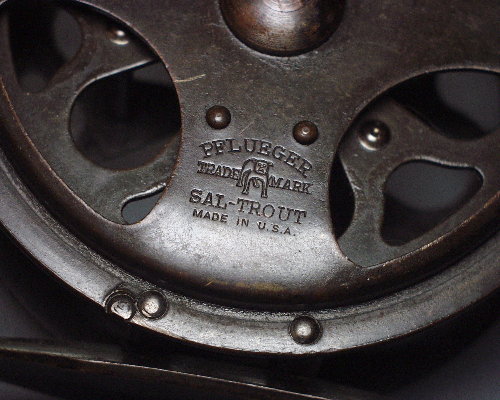
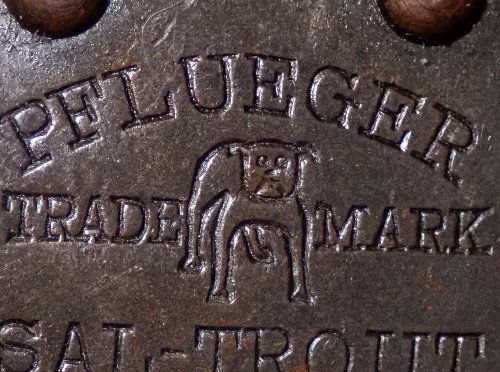
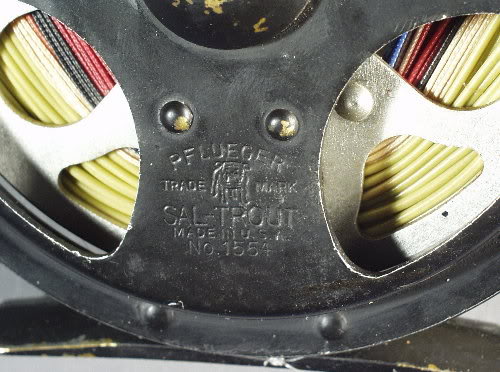
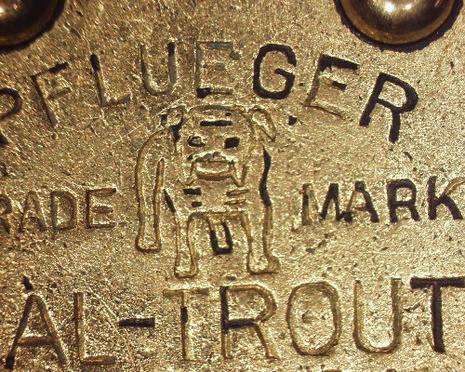
 clear amber handle grasp
clear amber handle grasp